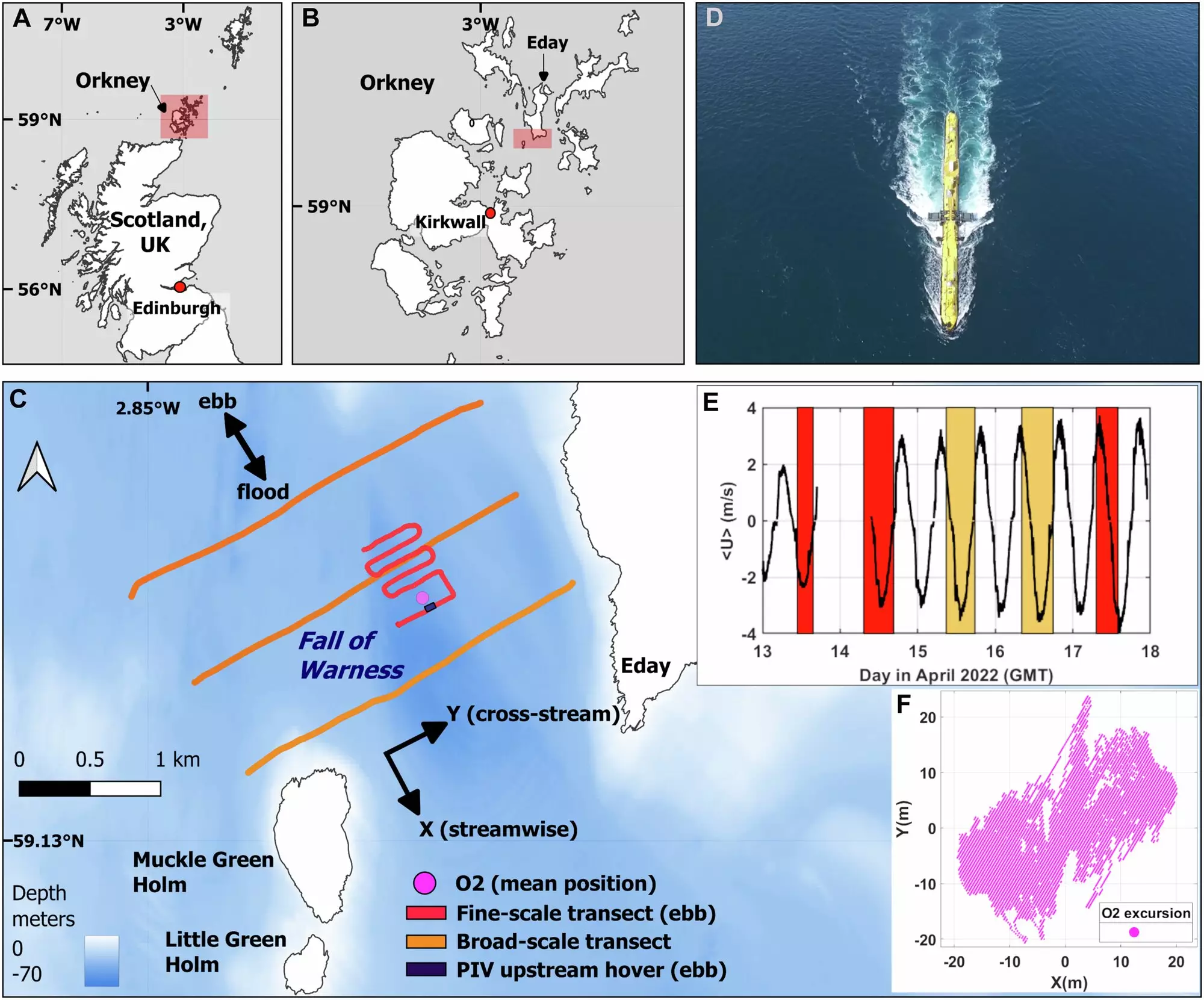The landscape of renewable energy generation is evolving, with tidal power emerging as a significant player, particularly around the UK’s diverse coastline. As government policies and consumer demand push for cleaner energy solutions, the installation of tidal and offshore renewable energy devices is on the rise. The UK has a unique advantage due to its extensive and powerful tidal flows, which present an excellent opportunity for converting kinetic energy into electricity. However, realizing this potential isn’t merely about installation; it involves navigating a host of technical, ecological, and operational challenges that could spell the difference between success and failure for this burgeoning industry.
Innovative Approaches to Understanding Tidal Dynamics
One notable case study in the field highlights how advancements in technology are grappling with these challenges. A team of scientists has successfully leveraged drone technology along with traditional boat-based surveys to meticulously map tidal flows around the Orbital Marine Power’s O2 tidal turbine located in Scotland’s Orkney Islands. This innovative approach addresses the complexities of real-time tidal dynamics that conventional modeling cannot always accurately predict. The O2 turbine, designed to float on water and moored to the seabed, stands at over 70 meters in length, demonstrating a strategic departure from traditional underwater installations.
This research not only sheds light on the unpredictable nature of tidal flows, which can exceed 8 knots, but also explores the implications of these dynamics for both the turbine’s efficiency and the surrounding marine ecosystems. Such insights are vital, as they inform decisions related to the optimal positioning of turbines to maximize energy production while mitigating any potential environmental impacts.
One critical aspect of the study is its focus on the interaction between tidal turbines and marine life. Researchers have previously observed that the wake generated by turbines can inadvertently create new feeding grounds for seabirds, fostering a complex relationship between technology and ecology. Yet, the necessity for ample spacing between turbines is equally crucial to ensure that marine animals are not obstructed in their movement. During drone surveys, scientists even documented the presence of orcas near the turbine, underscoring the need for comprehensive ecological assessments in turbine placement strategies.
To enhance the industry’s understanding of ecological impacts, this research emphasizes the importance of site-specific evaluations. By taking into account actual environmental conditions, planners can bridge the divide between theoretical models and real-world scenarios, ultimately creating a more sustainable approach to harnessing tidal energy.
Addressing the financial aspects of tidal energy is another major hurdle. The anticipated growth in offshore renewable energy installations faces obstacles such as high initial infrastructure costs, the integration of these technologies into existing power grids, and the ability of turbines to endure severe ocean currents. The insights gathered from recent field studies are not just academically intriguing; they have real-world implications on the feasibility and scalability of tidal energy. The study suggests that tidal energy has the potential to meet nearly 11% of the UK’s energy needs, a figure that highlights its economic viability if harnessed correctly.
Shaun Fraser, a Senior Scientist, pointed out that collaborative efforts between scientific communities and technological advancements could significantly advance our understanding of dynamic tidal environments. This synergy is essential as the Highlands and Islands region of Scotland anticipates growth in marine renewable energy initiatives. Adopting such collaborative strategies could pave the way for local industries to thrive while embracing eco-friendly solutions.
The future of tidal energy in the UK looks promising, but navigating this promising terrain will require careful planning and execution. Experts like Professor Alex Nimmo Smith stress the importance of incorporating real-world measurements into the development of future renewable energy projects. As the UK looks to expand its offshore energy generation, the variety and complexity of its waters necessitate an approach grounded in actual environmental assessments and data-driven decision-making.
While tidal energy offers immense potential as a reliable and predictable renewable resource, the journey towards its widespread adoption is fraught with challenges that can only be mitigated through continued research and technological innovations. The confluence of scientific understanding, ecological considerations, and economic viability will determine how effectively the tidal power sector can advance in the coming decades, all while contributing positively to the global clean energy transition.


Leave a Reply